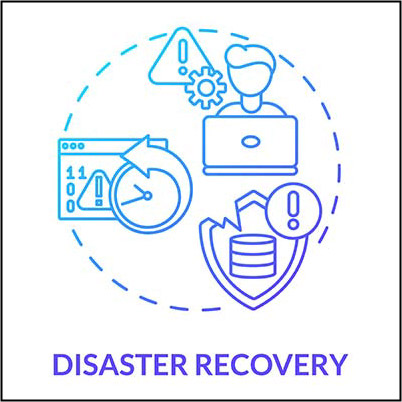
You may have seen us use the term “redundant” on this blog often, and if you are not necessarily familiar with how it might be used in the context of business technology, we understand how you could misconstrue the word in a negative light. However, redundancy is one of the most important concepts to understand in business technology, and it’s key to your business’ continued success.
The term “redundancy” has two separate meanings. In some cases, it might mean that your organization has something that is simply not needed. It could be interpreted as “bloat,” in a sense, where you have too much on your infrastructure that is bogging it down or making it overly complicated. However, this is not the true definition that we want to highlight today; it’s the other one that is so important for businesses to understand.
The other definition–and one that we are focusing our efforts on today–is to include extra technology, solutions, data, or otherwise in your computing infrastructure on the off chance that your systems fail. This effectively gives you a safety net in the event of a disaster or similar scenario. When your systems are redundant, they are secure, and when your operations are redundant, it means they can be carried out no matter what unfortunate circumstances your company encounters.
One service that is often described as “redundant” is data backup and disaster recovery. You know you need to have data backup in place, but not all solutions are equal. Some are much more redundant than others and prevent more downtime, leading to fewer costs associated with the disaster scenario in both the short and long term. Your data is essentially considered redundant if it is stored in multiple locations, and if you are using BDR, then it should be.
We recommend the three-two-one rule for your data backup needs: three copies of your data total, in at least two separate physical locations, one of those locations being the cloud.
You can apply this same concept to other areas of technology management, too. Storing information in the cloud makes it more accessible, but you could also apply this concept to hardware procurement. Having additional components and devices on-site in the event your old ones break is just a good precaution to take, and it can help you to achieve redundancy in your practices.
Nexela can help your business achieve true redundancy with its technology management practices. To learn more about what we can do for your business, reach out to us at (215) 525-3223..
